The Douglas DC-3 is more than just an aircraft; it’s a cornerstone in aviation history. From its inception to its persistent presence in the skies, the DC-3 has left an indelible mark. Learn about its revolutionary design, wartime contributions, and lasting legacy in both commercial and cultural contexts.
Introduction to the Douglas DC-3: A Game-Changer in Aviation
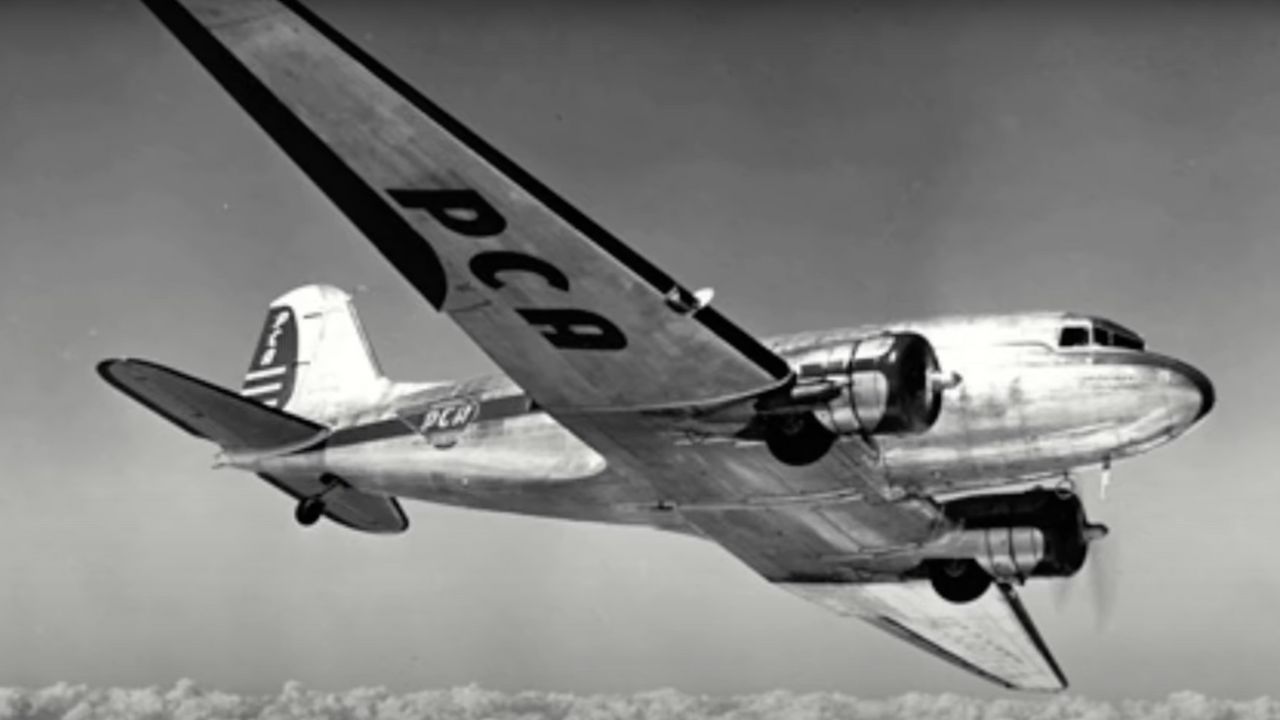
The DC-3 marked a pivotal point in aviation when it first took to the skies in the 1930s. Its introduction brought unprecedented reliability and comfort, setting new standards for commercial air travel. The aircraft’s ability to cover long distances without the need for frequent stops transformed the aviation industry and made air travel more accessible to the general public.
The Birth of an Icon: Development and First Flight
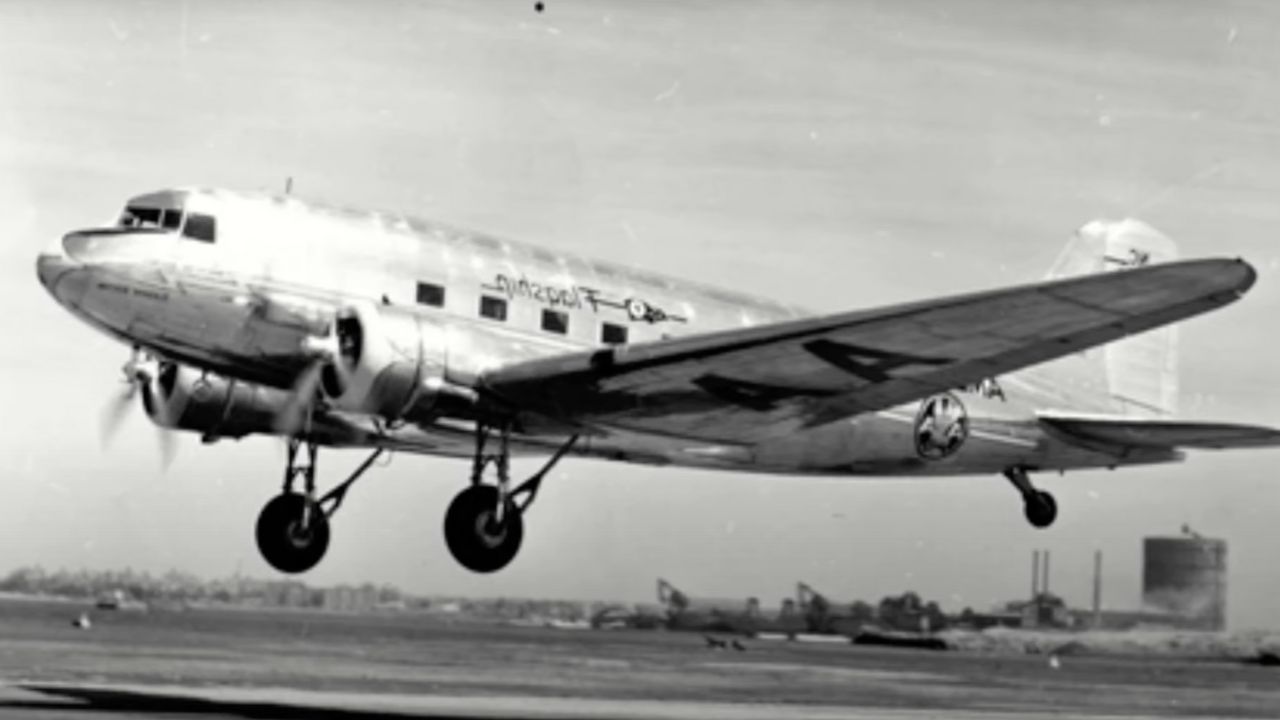
Developed by the Douglas Aircraft Company, the DC-3 first flew on December 17, 1935. This aircraft was an evolution of the earlier DC-2 model, designed to meet American Airlines’ demand for a larger and more efficient plane. Its maiden flight marked the beginning of a new era in aviation, as it quickly became the aircraft of choice for many airlines.
The DC-3’s development was a response to the growing need for a reliable and efficient passenger aircraft, and it succeeded beyond expectations. Its initial performance and versatility made it an instant favorite, leading to rapid adoption by airlines around the world.
Technical Marvel: Innovative Design and Features
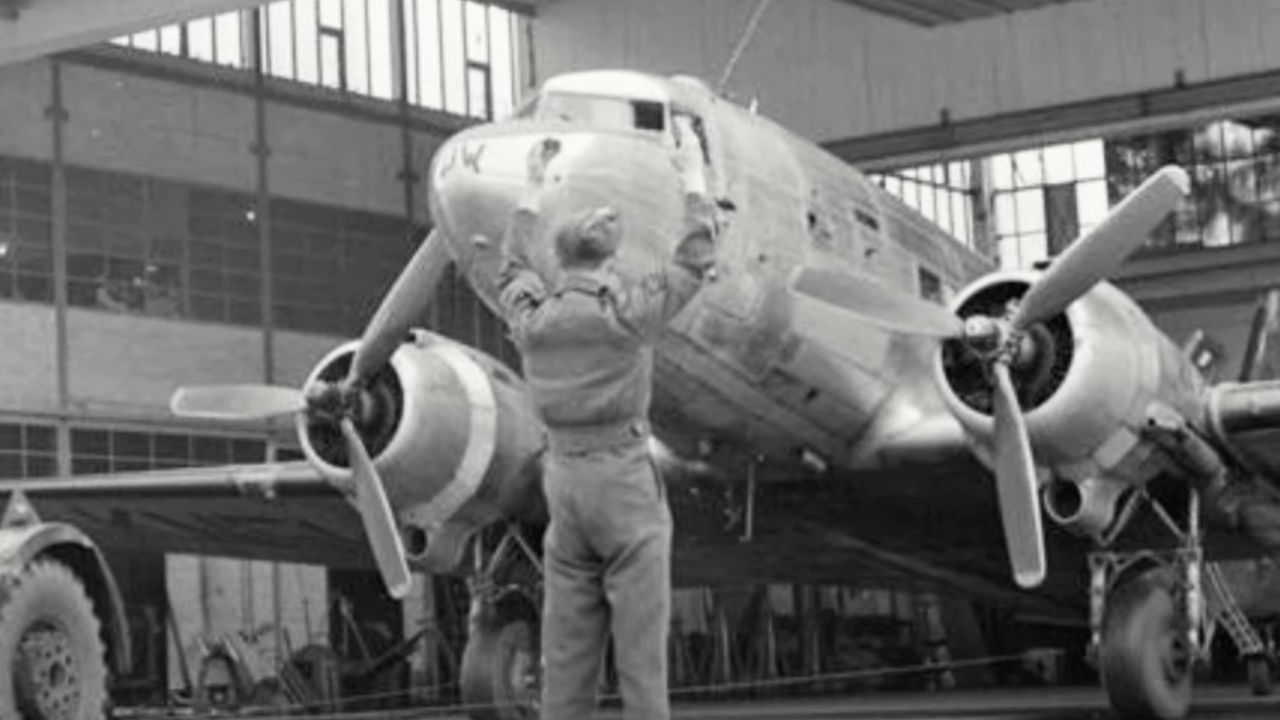
The DC-3 was a technical marvel for its time, featuring all-metal construction, robust Pratt & Whitney engines, and a range of up to 1,500 miles. Its ability to operate from short runways and its low operational costs made it a favorite among airlines. The aircraft could seat up to 32 passengers, offering more comfort and amenities than previous models.
Innovative design elements like the retractable landing gear and variable-pitch propellers contributed to its efficiency and performance. Its durability and ease of maintenance ensured that the DC-3 could remain in service for decades, with many still flying today.
The DC-3’s Role in World War II
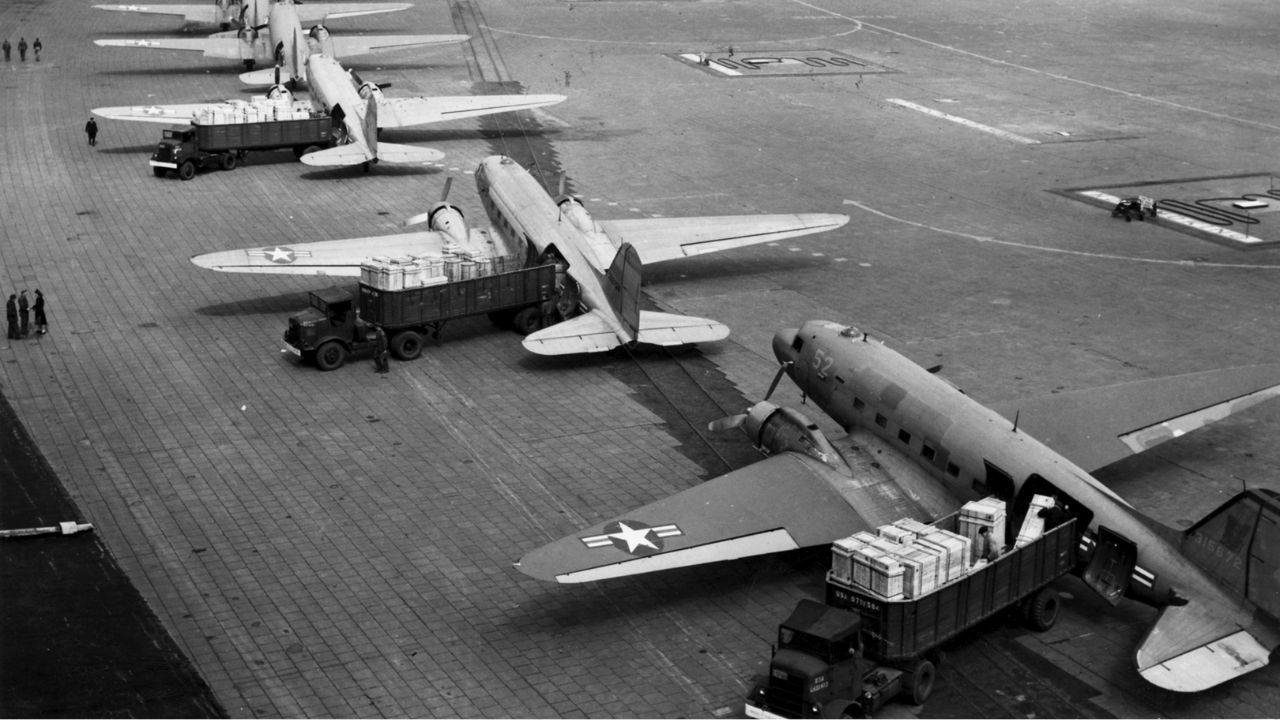
During World War II, the DC-3, known as the C-47 Skytrain in military service, played a vital role in logistics and troop transport. It was involved in every theater of the war, providing crucial support for Allied operations. The aircraft’s ability to carry heavy loads and land on improvised runways made it indispensable to military efforts.
The C-47 was instrumental in operations such as D-Day, where it was used to drop paratroopers behind enemy lines. Its reliability and versatility earned it a reputation as one of the most important aircraft of the war.
Post-War Commercial Success and Expansion
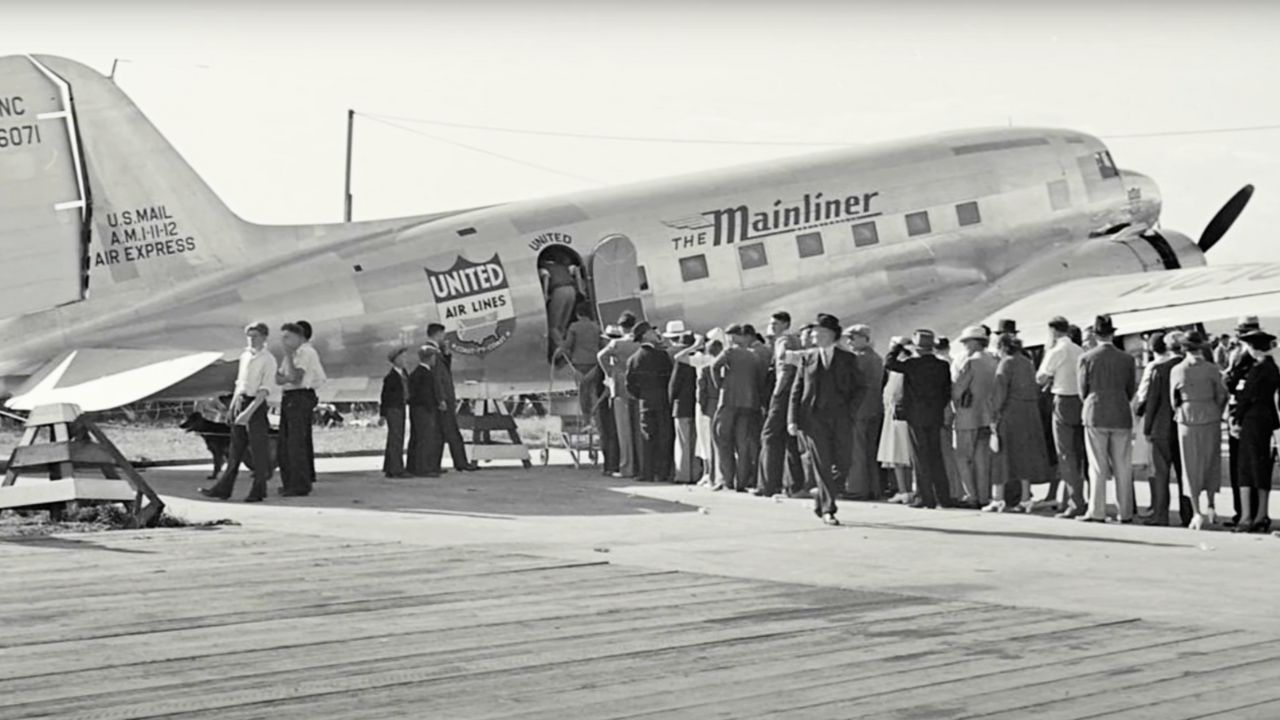
Following World War II, many C-47s were converted for civilian use, leading to a boom in commercial aviation. Airlines around the world acquired surplus military DC-3s, integrating them into their fleets due to their reliability and cost-effectiveness. This facilitated the expansion of routes and improved international connectivity.
The DC-3’s post-war success was marked by its affordability and adaptability. It became a staple for many airlines, especially in developing countries, where it was often the first aircraft to establish regular air service.
Global Impact: DC-3’s Influence on International Air Travel
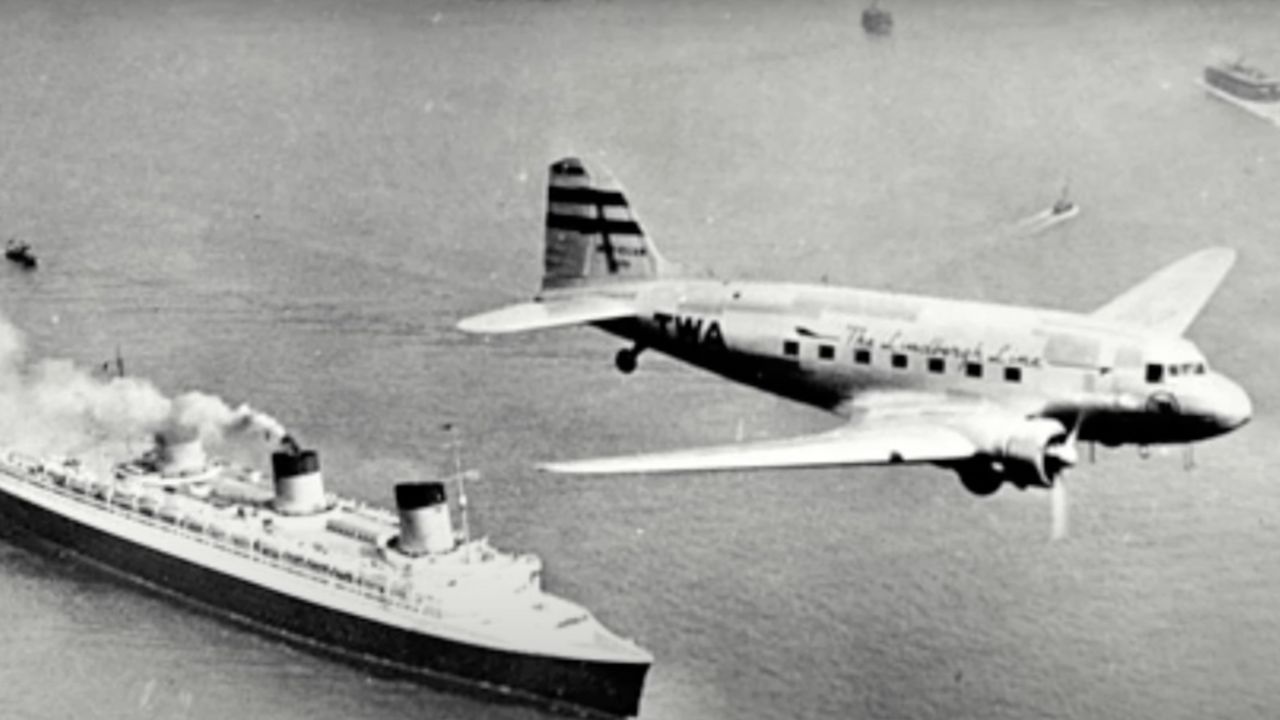
The DC-3 revolutionized international air travel by enabling airlines to offer faster and more reliable services across long distances. Its impact was felt worldwide, as it connected cities and countries like never before. The aircraft’s range and capacity allowed airlines to expand their networks and offer more frequent flights.
Its introduction helped establish air travel as a viable means of transportation for the masses, laying the groundwork for the modern global airline industry. The DC-3’s influence is still evident today, as it set the standards for aircraft design and operation.
Record Breaker: Production Numbers and Longevity
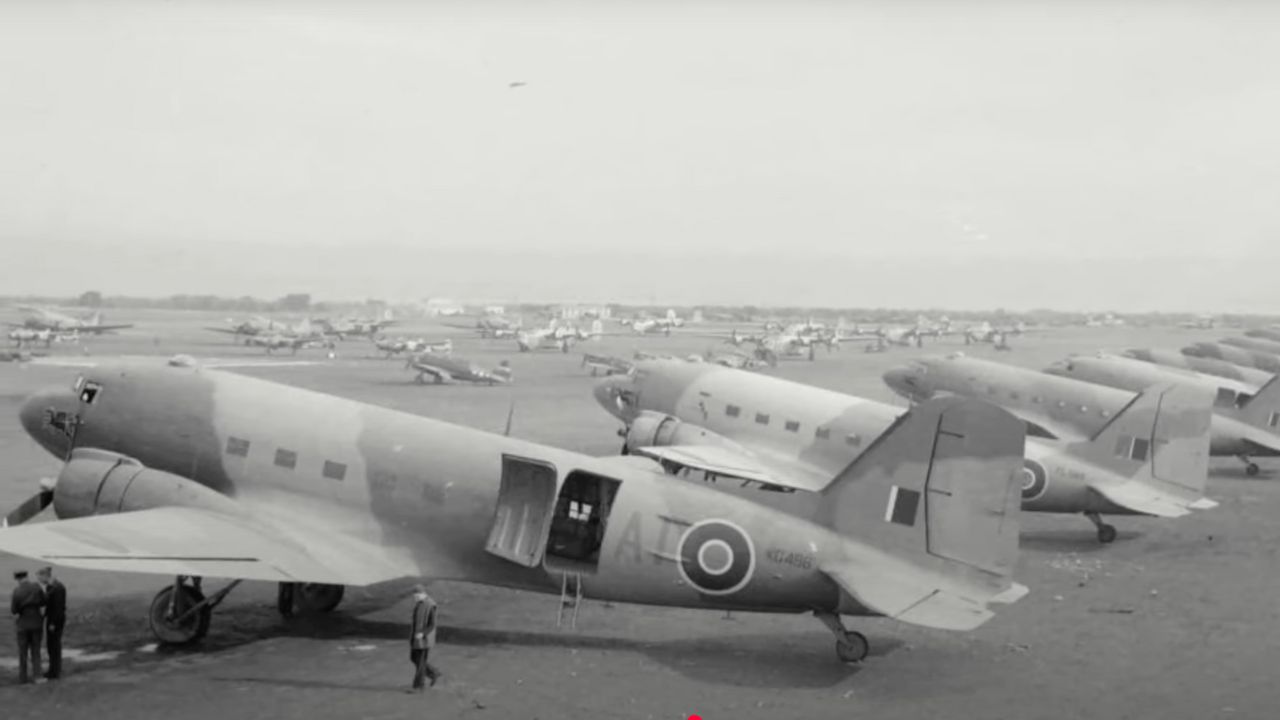
With over 16,000 units produced, the DC-3 stands as one of the most produced aircraft models in history. Its production continued well after its initial launch due to ongoing demand from both military and civilian operators. The aircraft’s longevity is a testament to its robust design and adaptability.
Many DC-3s remain in service today, with some having logged over 80 years of continuous operation. This remarkable endurance highlights the aircraft’s engineering excellence and its lasting appeal in the aviation community.
The DC-3 in Popular Culture and Media
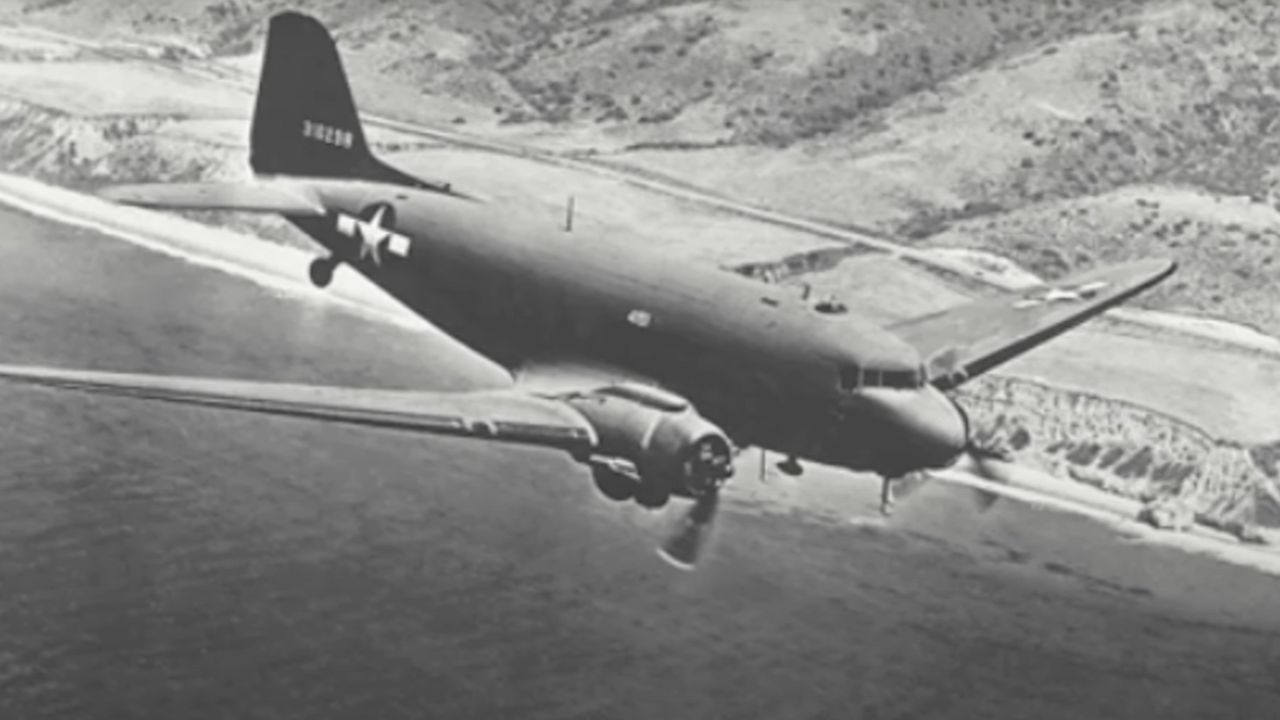
The DC-3 has been immortalized in numerous films, television shows, and books, often symbolizing adventure and the golden age of aviation. Its iconic silhouette and storied history make it a favorite subject for media portrayals, capturing the imagination of audiences around the world.
From documentaries to fictional narratives, the DC-3 continues to inspire and fascinate. Its presence in popular culture underscores its status as an aviation legend, celebrated for its contributions to both commercial and military aviation.
Preservation and Restoration: Keeping History Alive
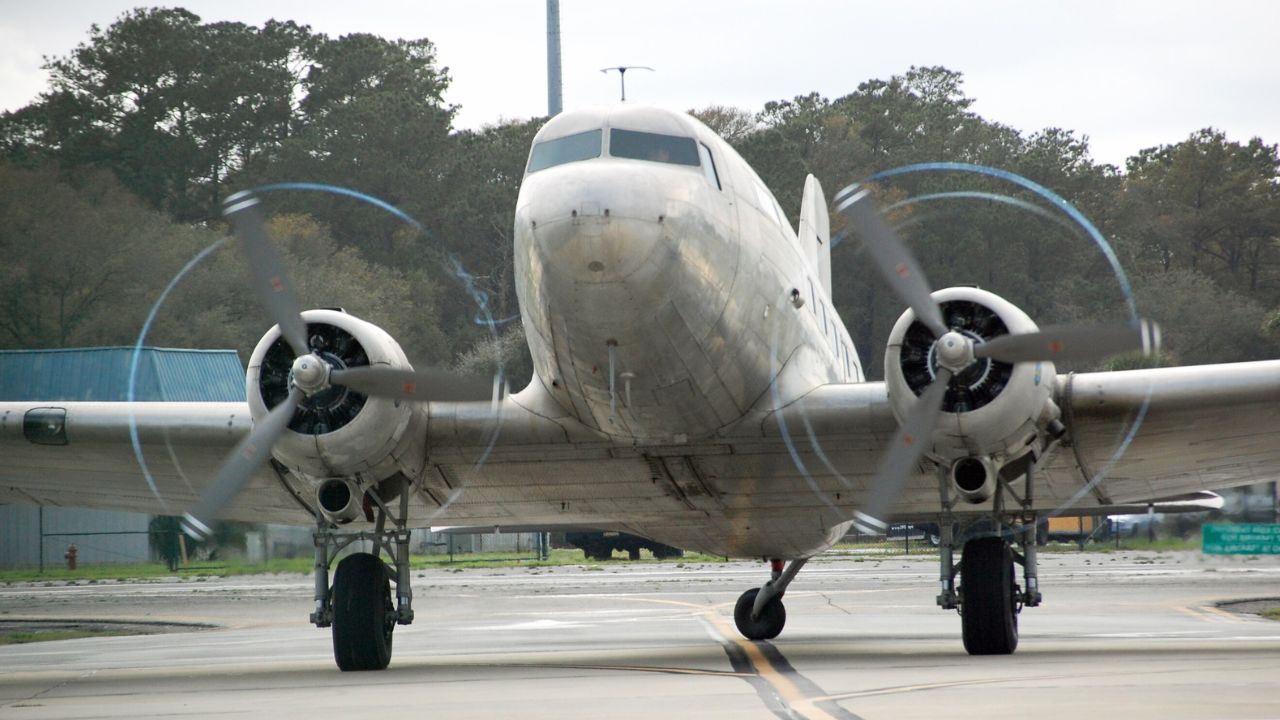
Numerous organizations and enthusiasts are dedicated to preserving and restoring the DC-3. Museums and private collectors around the world maintain these aircraft, ensuring they remain operational and accessible to future generations. Restoration efforts often involve painstaking attention to detail, preserving the historical integrity of the planes.
These preservation efforts are vital for keeping the legacy of the DC-3 alive. They provide opportunities for the public to experience aviation history firsthand, fostering an appreciation for the aircraft’s contributions to the industry.
Legacy and Modern Uses: The DC-3’s Enduring Presence in Aviation
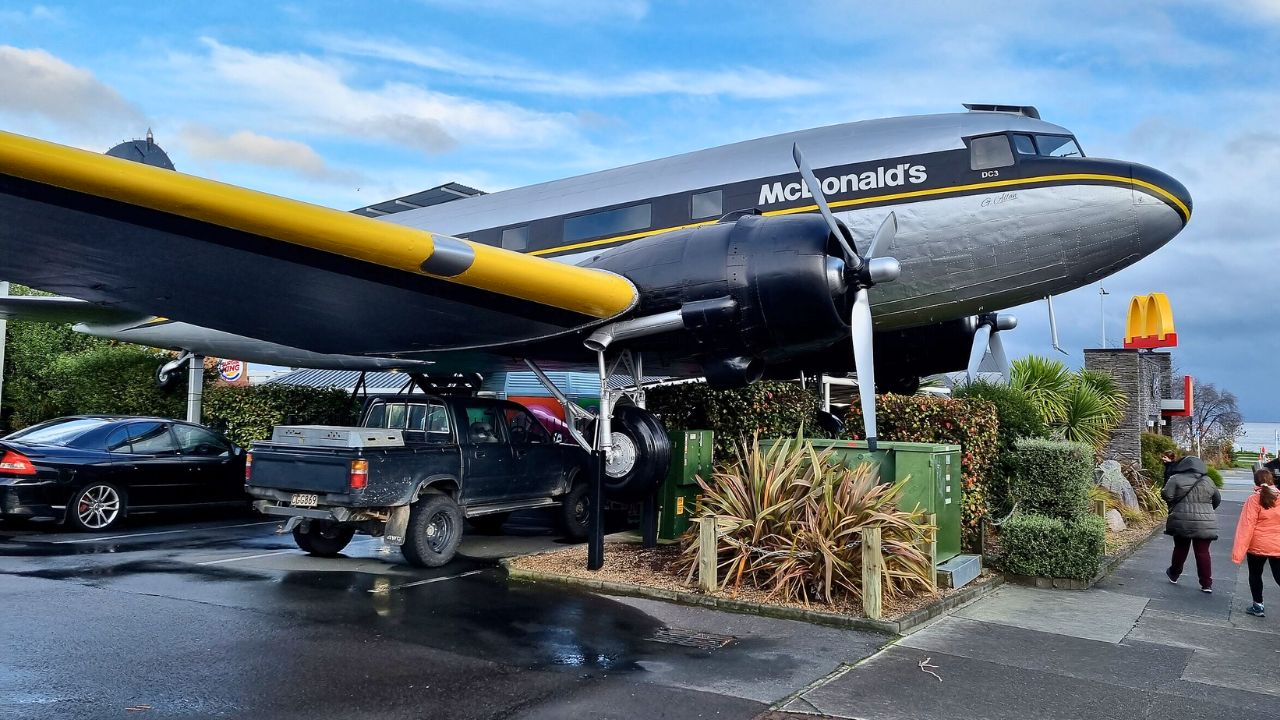
Despite being nearly a century old, the DC-3 continues to serve in various roles, from cargo transport to passenger service in remote areas. Its versatility and reliability have ensured its continued use in regions where modern infrastructure is lacking. The aircraft’s enduring presence is a testament to its timeless design and functionality.
Today, the DC-3 remains an icon of aviation history, celebrated for its contributions to the industry and its ongoing service. Its legacy endures, inspiring new generations of aviation enthusiasts and professionals.
Like Fast Lane Only’s content? Be sure to follow us.
Here’s more from us:
*Created with AI assistance and editor review.

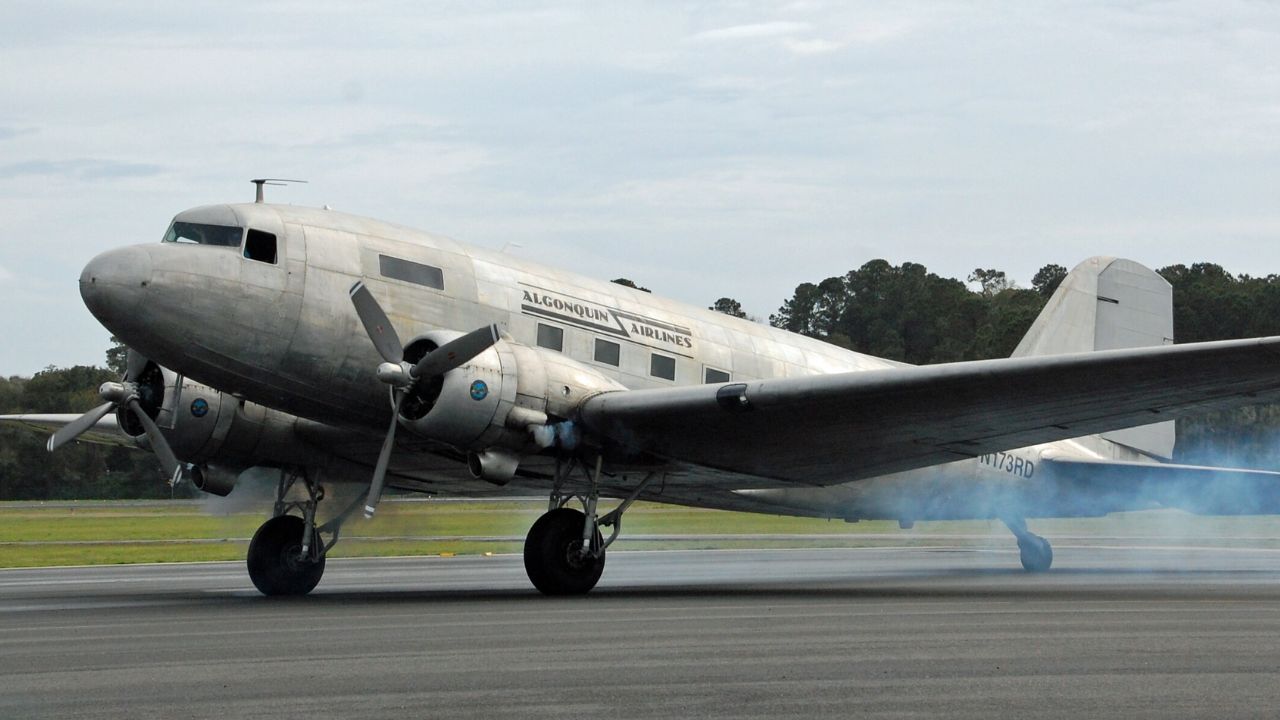

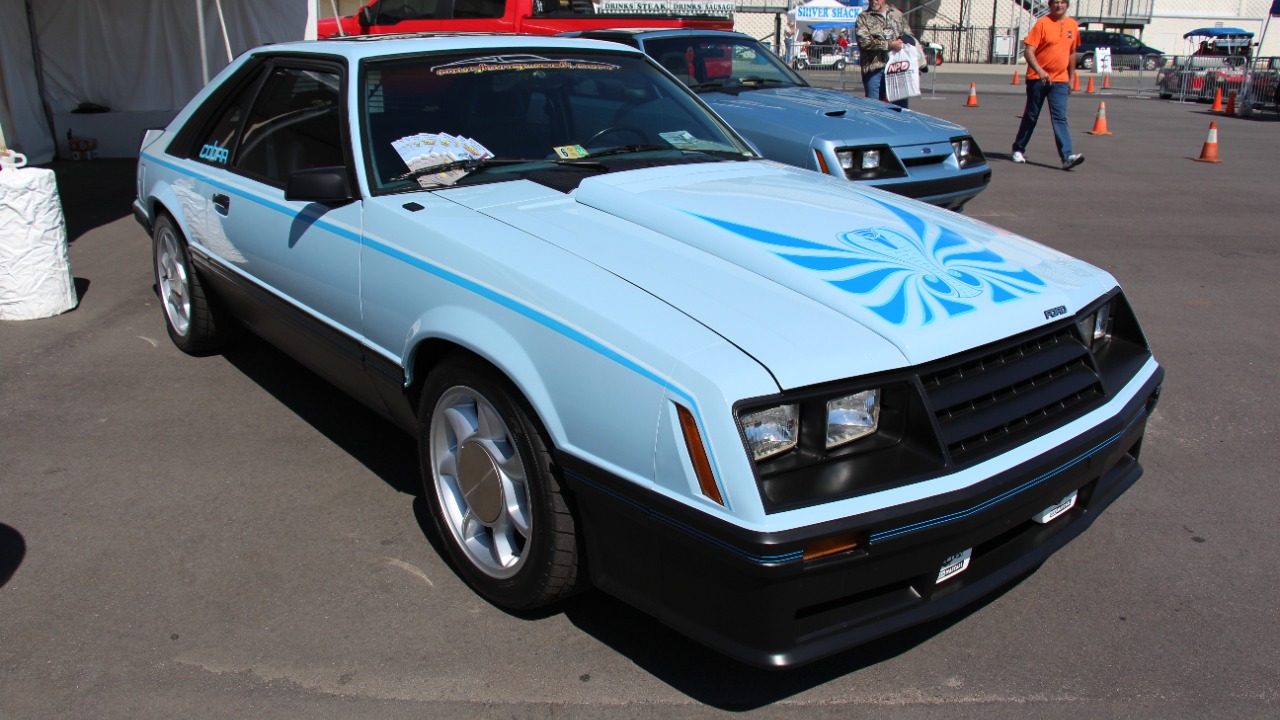
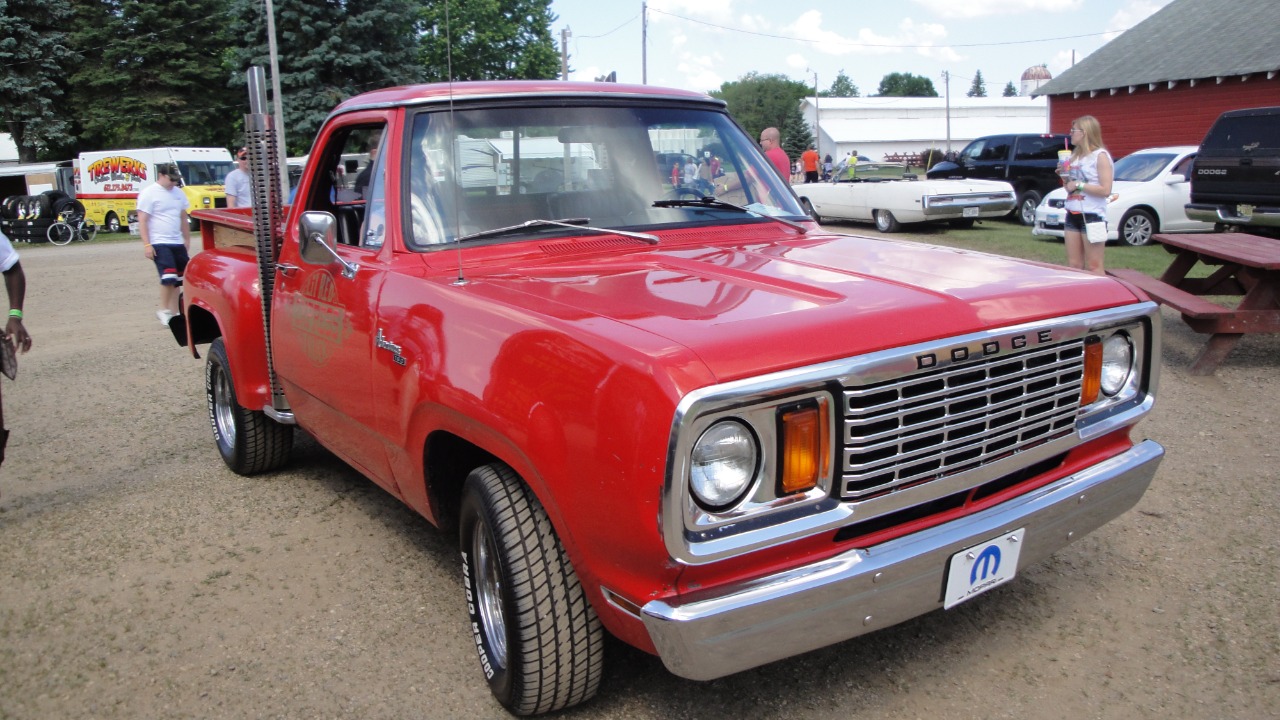

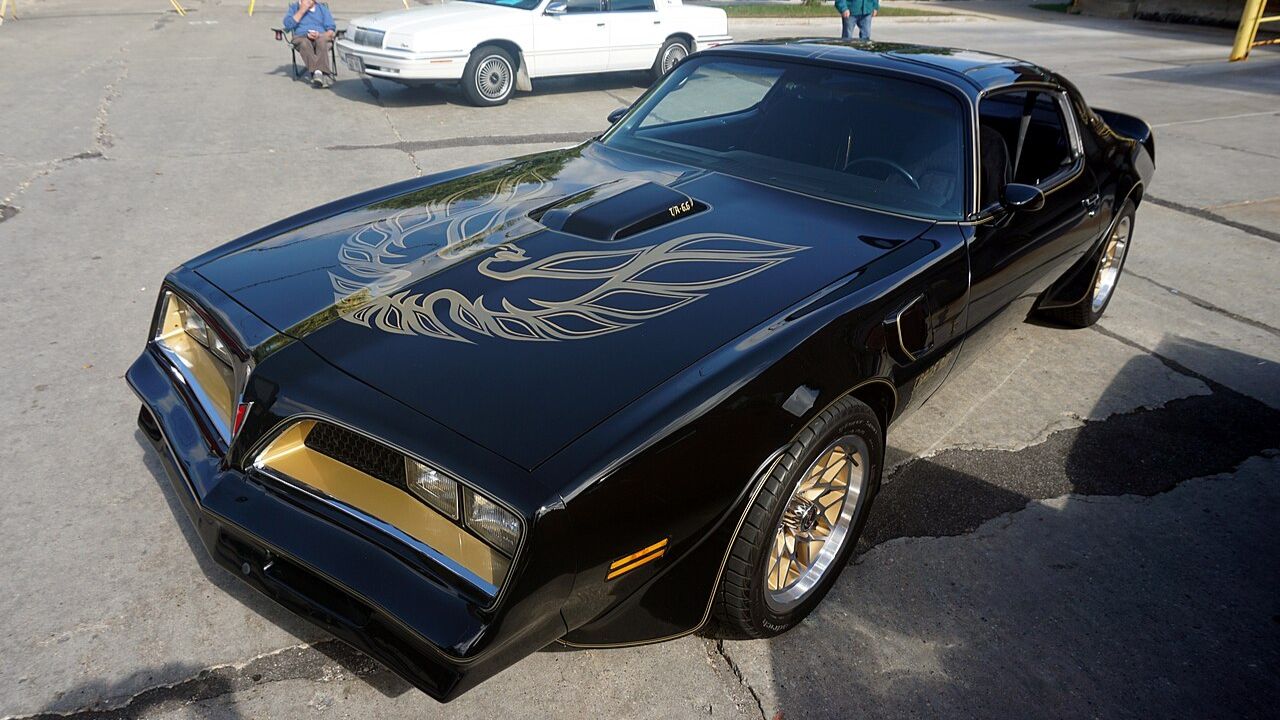
Leave a Reply